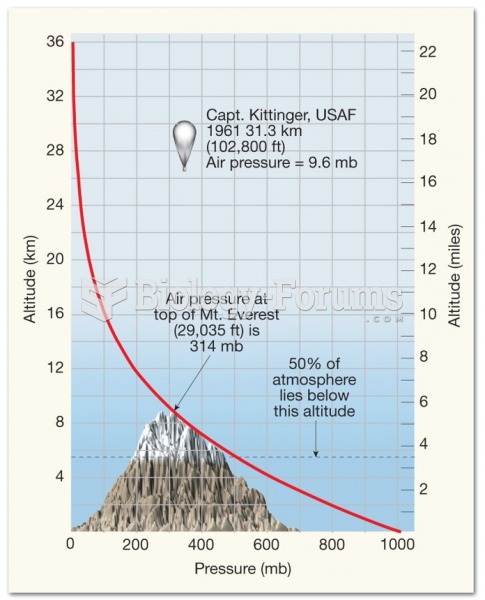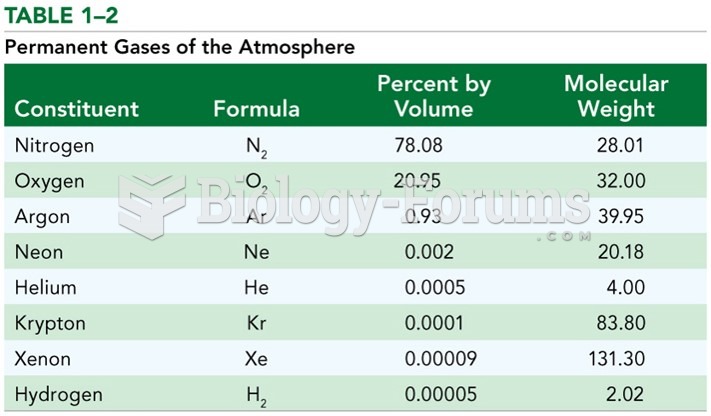Answer to Question 1
The Martian air contains 95 percent carbon dioxide, 3 percent nitrogen, and 2 percent argon. That is similar to the composition of air on Venus, but the Martian atmosphere is very thin, less than 1 percent as dense as Earth's atmosphere and 1/10,000 as dense as Venus's.There is very little water in the Martian atmosphere. Liquid water cannot survive on the surface of Mars because the air pressure is too low: Any liquid water would immediately boil away. The polar caps appear to be composed of frozen water ice coated over by frozen carbon dioxide (dry ice). Whatever water is present on Mars is frozen either within the polar caps or as permafrost in the soil.A process that has reduced Mars's atmosphere is the planet's lack of an ozone layer to screen out ultraviolet (UV) radiation. Solar UV photons can break atmospheric molecules up into smaller fragments. Water, for example, can be broken by UV into hydrogen and oxygen. The hydrogen then escapes into space, and the oxygen easily combines chemically with rocks and soil to form oxides. Iron oxide (rust) in the soil gives Mars its reddish landscape.
Answer to Question 2
Several types of formations hint that there has been water on the Martian surface. Outflow channels on the Martian surface appear to have been cut by massive floods carrying as much as 10,000 times the volume of water flowing down the Mississippi River. Such floods apparently swept away landscape features and eroded deep channels. The number of craters formed on top of the outflow channels shows that they are billions of years old.Valley networks look like meandering river beds that probably formed over long periods. The valley networks are located in the heavily cratered southern hemisphere.There are many other signs that indicate that there has been water on the Martian surface, some of which are geologically recent. The regions of collapsed terrain on Mars appear to be places where subsurface water has drained away. Gullies leading downhill appear to have been eroded recently, judging from their lack of craters, and a few gullies have been seen to appear between one Martian year and the next. In 2015, the Mars Reconnaissance Orbiter made spectroscopic observations confirming present-day seasonal groundwater flows.







